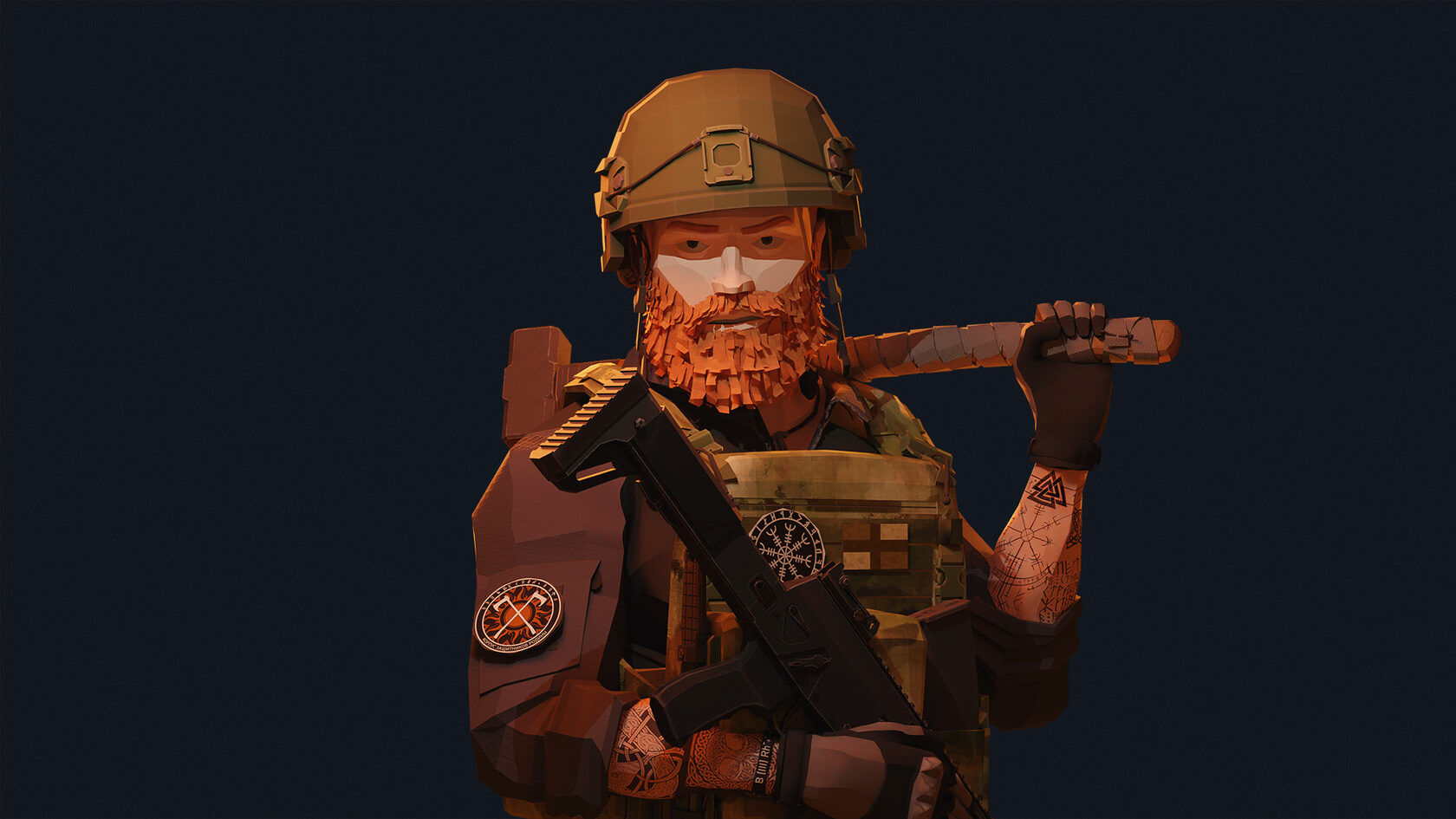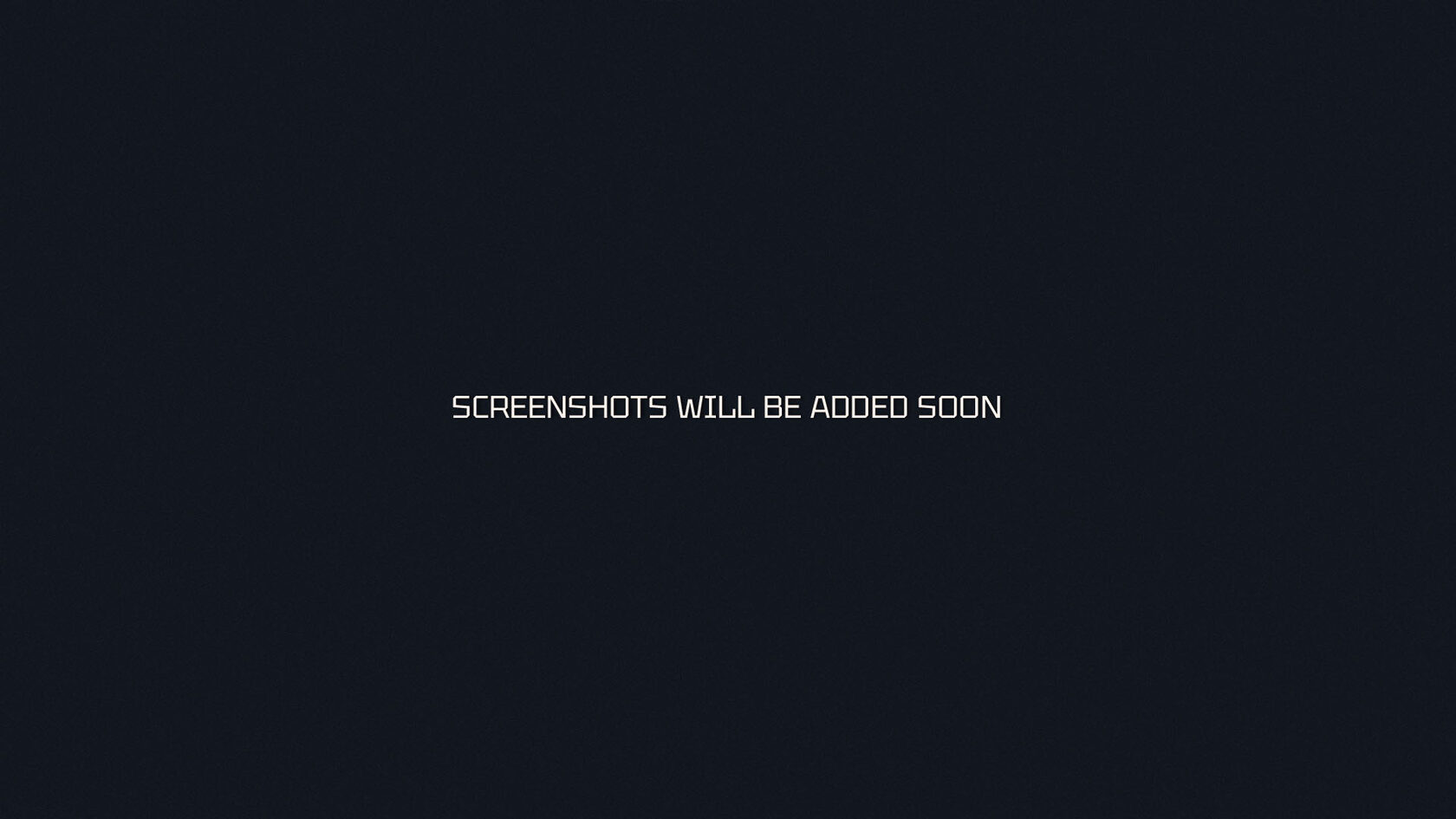LORE
Learn the key insights of Entropia lore:
from backstory to current events
from backstory to current events
Contents
The Universe of Entropia is a deep philosophical story about people, humanity, society and civilization. It is about the eternal fire of war, the search for those close in spirit and temper, betrayal and alliances, and the ceaseless cycle of disintegration and unity.
Entropia's backstory is based on real history up to the mid-20th century, however, the subsequent universe lore is fictional, and any resemblance to reality is purely coincidental. Entropia poses the question, "What if…?" and explores a fantasy of what could have happened if modern history had taken a slightly different path.
Entropia's backstory is based on real history up to the mid-20th century, however, the subsequent universe lore is fictional, and any resemblance to reality is purely coincidental. Entropia poses the question, "What if…?" and explores a fantasy of what could have happened if modern history had taken a slightly different path.

Synopsis
The Industrial Revolution changed all of our lives, becoming one of the most powerful jolts of progress in all of history. However, as boots and kettles were mass-produced, so were bullets. The principles of war have changed.
The bloody World War I was followed by the even more horrific World War II, and after it came the great contest for the title of world hegemony between the USA and the USSR. The Cold War also gave a boost to science and industry, but also brought the threat of a global nuclear war, which would bury not only all this progress, but also mark the end of our civilization's history.
But it did not come to a nuclear war between the two hegemonies—the Soviet Union was the first to run out of steam in the exhausting race: the economic crisis, the protracted war in Afghanistan, the strengthening of nationalist sentiments. The great superpower was about to collapse. The republics wanted to break away from Moscow and start building a bright future on their own. However, this arrangement was unacceptable to the Kremlin, and the republics responded with a clear list of threats, followed by the involvement of troops and special services. This did not stop all of them, and the giant organism began to devour itself: blockade of parliaments, shootings, assassinations of opposition leaders, and—the last bet of the Kremlin. The order of the USSR president was to strike the capital of the KSSR, Alma-Ata, with a nuclear missile. Fear and obedience were the jackpot, but it was the rage of the Soviet man that fell out in the historical roulette wheel. The civil war was swift: even the army did not resist the people on a large scale, and the ruling tyrant was thrown down and executed. A new world order began to take shape.
Now, it seems, humanity has learned a terrifying lesson and the world's rulers have sat down at a common negotiating table. New agreements, new guarantees, a new safe world was born at this table. No more nuclear weapons left, people embarked on great engineering projects, great humanitarian missions. But is it not an illusion? This beautiful world is unipolar, because it was built on the mold of the hegemony that won the Cold War. A thin band-aid on the wounded body of humanity soon began to soak up blood.
The rights, interests, and justice of the Middle Eastern countries continued to be staunchly defended, while the oil market, which still nourished the economies of all developed countries, fluctuated. Under the hegemony of the US, there were still major players who had a voice, and their reactions also undermined the unipolar stability.
Russia was the fastest to deviate from the global narrative, largely due to the legacy of the USSR, the remnants of influence in the region, and partially preserved industrial autonomy. The conflict of interest with the United States brought back the flavor of the Cold War, which had dissipated. In a moment, the first accusations, the first provocations, the first shots were fired. It was not yet war, but the world was once again on its doorstep. The clock had already started counting down to World War III, a war beyond which there would be no peace, no countries, no way back—only ultimate entropy.
The bloody World War I was followed by the even more horrific World War II, and after it came the great contest for the title of world hegemony between the USA and the USSR. The Cold War also gave a boost to science and industry, but also brought the threat of a global nuclear war, which would bury not only all this progress, but also mark the end of our civilization's history.
But it did not come to a nuclear war between the two hegemonies—the Soviet Union was the first to run out of steam in the exhausting race: the economic crisis, the protracted war in Afghanistan, the strengthening of nationalist sentiments. The great superpower was about to collapse. The republics wanted to break away from Moscow and start building a bright future on their own. However, this arrangement was unacceptable to the Kremlin, and the republics responded with a clear list of threats, followed by the involvement of troops and special services. This did not stop all of them, and the giant organism began to devour itself: blockade of parliaments, shootings, assassinations of opposition leaders, and—the last bet of the Kremlin. The order of the USSR president was to strike the capital of the KSSR, Alma-Ata, with a nuclear missile. Fear and obedience were the jackpot, but it was the rage of the Soviet man that fell out in the historical roulette wheel. The civil war was swift: even the army did not resist the people on a large scale, and the ruling tyrant was thrown down and executed. A new world order began to take shape.
Now, it seems, humanity has learned a terrifying lesson and the world's rulers have sat down at a common negotiating table. New agreements, new guarantees, a new safe world was born at this table. No more nuclear weapons left, people embarked on great engineering projects, great humanitarian missions. But is it not an illusion? This beautiful world is unipolar, because it was built on the mold of the hegemony that won the Cold War. A thin band-aid on the wounded body of humanity soon began to soak up blood.
The rights, interests, and justice of the Middle Eastern countries continued to be staunchly defended, while the oil market, which still nourished the economies of all developed countries, fluctuated. Under the hegemony of the US, there were still major players who had a voice, and their reactions also undermined the unipolar stability.
Russia was the fastest to deviate from the global narrative, largely due to the legacy of the USSR, the remnants of influence in the region, and partially preserved industrial autonomy. The conflict of interest with the United States brought back the flavor of the Cold War, which had dissipated. In a moment, the first accusations, the first provocations, the first shots were fired. It was not yet war, but the world was once again on its doorstep. The clock had already started counting down to World War III, a war beyond which there would be no peace, no countries, no way back—only ultimate entropy.




